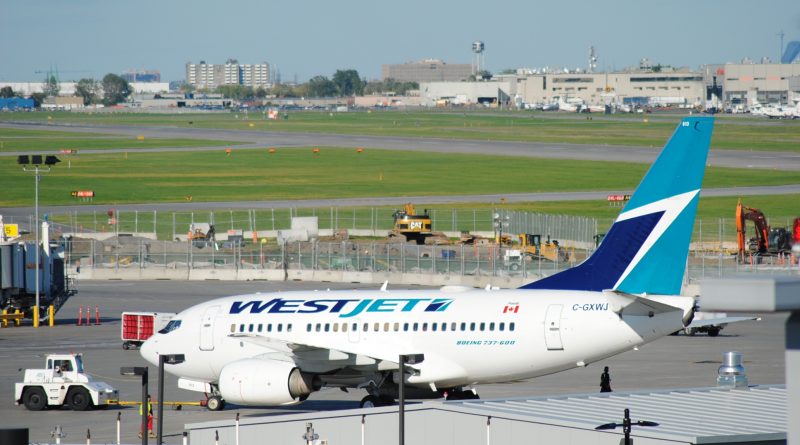WestJet accelerates regionalization
WestJet announced yesterday that it will cut 3,300 more positions in its organization to reduce operating costs. When we analyze the decisions made by WestJet over the past two years, we see a regionalization of its operations.
The rise in the East
WestJet was founded in 1996 and began operations in Calgary, where it is headquartered. In its beginnings, the business model of this company was modeled on the American “low cost” Southwest. The oil boom in Alberta and Western Canada has been very favorable. The people of the Canadian prairies quickly identified with this regional company.
In early 2010, the western Canadian petroleum industry was experiencing a significant labor shortage. She was forced to import workers from eastern Canada. WestJet took this opportunity to expand its network to the Maritimes. The Alberta company has evolved its business model with increasing demand; in the beginning, the company only had Boeing 737s in its fleet in order to reduce costs. But in 2012, it began to diversify its fleet with firm order of 20 Q400 from Bombardier. This addition allowed WestJet to better serve less densely populated areas like the Maritimes.
In early 2017, WestJet launched its first real assault to conquer the Quebec market. In February, the company announced the addition of 105 weekly flights into Quebec. However, it did not establish a real base at Montréal-Trudeau, which was the third airport in the country in front Calgary. The expansion of the Albertan company in Quebec and in the East was justified by its ambition towards the international market; in May 2017, WestJet placed a firm order for 10 B787-9 to launch, among other things, the transatlantic market. To fill wide body aircraft, the carrier must broaden its customer base and Quebec offered a good potential.
Going back West
On July 31, 2018, WestJet reports its first quarterly deficit in 13 years. The company then adopted a series of measures to reduce its operating costs. The company as withdrawed several flights to Quebec and eastern Canada. It was at this point that the company began to retreat into its western stronghold.
The COVID19 crisis accelerates the downturn that began in the summer of 2018; from next July it will only offer 4 daily flights between Montreal and Toronto and 6 weekly flights to Calgary. It will also offer only 3 weekly flights between Quebec city and Toronto. WestJet will therefore make a total of 37 weekly flights in Quebec. In comparison, the Maritimes will have 62 weekly flights and 12 different routes. The Quebec market continues to elude the Alberta company.
Westjet’s latest announcement include 3,300 layoffs to cut spending. The company will keep just one call center in Calgary and is cutting ground service jobs. From now on, it will use subcontractors for airport services except in Vancouver, Calgary, Edmonton and Toronto. The airline will therefore no longer have employees east of Toronto, reducing its presence in the communities. Once this last measure is implemented, the airline will be able to withdraw even more flights in the East as needed.
The wrong choice
Western Canada’s economy has always served WestJet well, and its reflex is to rely on itagain. But it is a choice that seems questionable to me because of the coming changes in the world economy.Western Canada’s economy is based on its natural resources, and petroleum in particular. However, economies based on natural resources are those which are most vulnerable to the vagaries of economic fluctuations. Alberta’s economy is already greatly affected by the effects of COVID19 on oil demand. In addition, the vast majority of countries in the world are looking to move away from fossil fuels. Western Canada’s economy is likely to wrestle in the years to come, and West Jet too.
>>> Follow us on Facebook and Twitter

